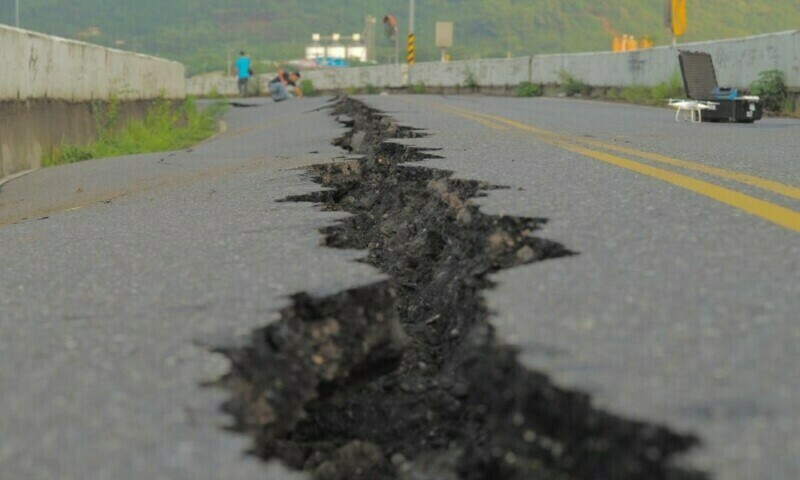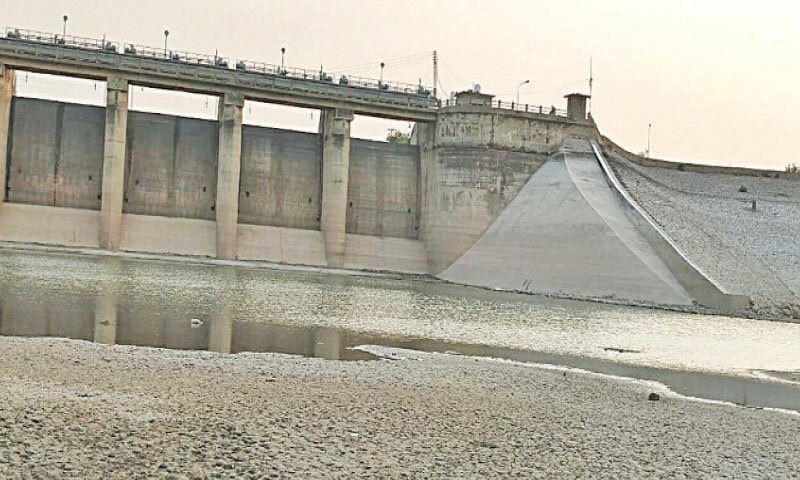Climate

More than a million pilgrims from around the world gathered in Makkah on Wednesday to begin the annual Islamic pilgrimage of Haj, performing the sacred rites under intense summer heat. The pilgrimage, one of the five pillars of Islam, commenced with pilgrims circling the Kaaba in the Grand Mosque, before many made their way to Mina on the outskirts of the holy city.
As temperatures soared past 40°C, Saudi authorities ramped up preventive measures to avoid a repeat of last year’s tragedy when over 1,300 pilgrims, many of them unregistered, succumbed to extreme heat, with some reports recording highs of 51.8°C.
State media confirmed that around 1.4 million foreign pilgrims had arrived in the Kingdom before the start of Haj. Local Saudi pilgrims and international arrivals joined the rituals, beginning with tawaf, the circumambulation of the Kaaba seven times.
The next phase of the pilgrimage takes place in Mina, a vast tent city where pilgrims spend the night before the key spiritual event — the Waquf (standing) at Mount Arafat on Thursday. It was here that Prophet Muhammad (Peace Be Upon Him) delivered his final sermon.
Saudi officials, wary of the deadly heatwave in 2024, have rolled out large-scale preventive infrastructure. Haj Minister Tawfiq al-Rabiah announced that more than 250,000 personnel from over 40 government departments have been deployed to ensure smooth operations. Enhancements include:
· 50,000 square metres of expanded shaded areas
· Over 400 industrial cooling units
· Thousands of additional medical workers
· Real-time monitoring through drones and artificial intelligence
“This year we’re seeing serious improvements. I feel safe and supported,” said Reem al-Shogre, a 35-year-old Saudi pilgrim performing Haj for the first time.
Authorities have also clamped down on unregistered pilgrims — often local or regional Muslims trying to perform Haj without permits due to high costs or lottery restrictions. These unregistered pilgrims were particularly vulnerable last year due to lack of access to cooled tents, water, or transport.
To prevent this, Saudi officials have launched drone patrols, carried out multiple raids, and issued warnings via mass text messages. Legal Haj permits, issued based on quotas and national lotteries, remain the only approved method for participation.
While the Saudi government is under pressure to maintain safety during such a massive logistical operation, memories of past tragedies still loom large. The 2015 Mina stampede during the “stoning of the devil” ritual claimed up to 2,300 lives — the deadliest disaster in Haj history.
With high-tech surveillance, increased medical readiness, and stricter enforcement, the Kingdom hopes to ensure this year’s pilgrimage proceeds peacefully and safely.




